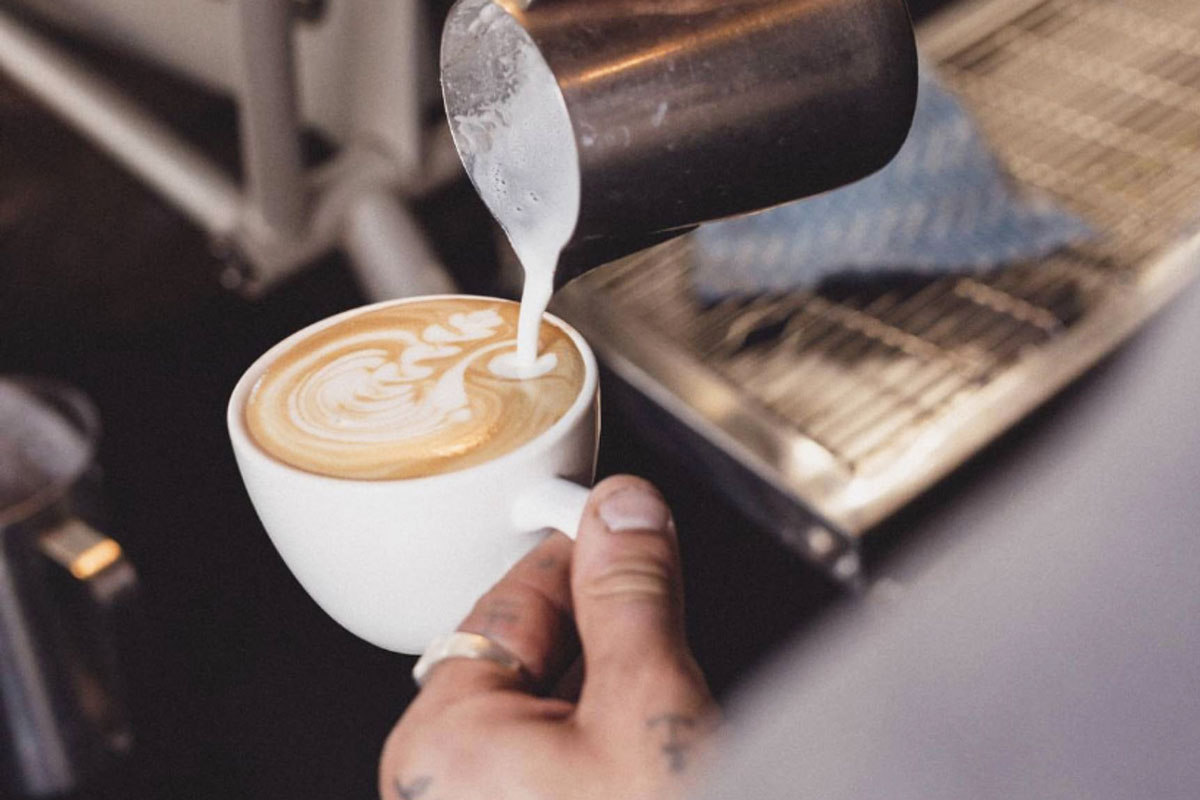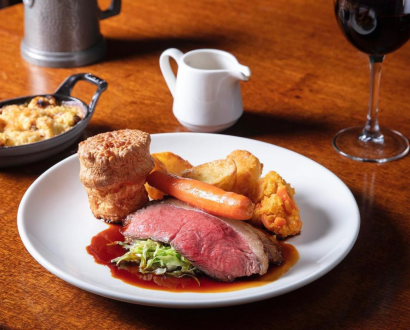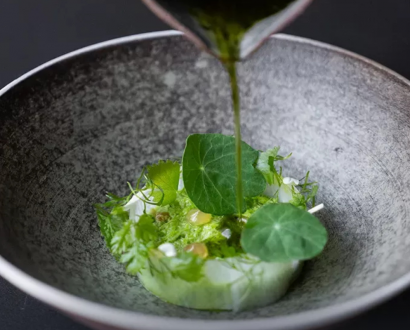Coffee is the lifeblood of modern society’s working homo sapien. Every cup possesses the innate ability to dictate performance under stress or hurl millions of millennials into a home-owning deficit when paired with smashed avocado.
Needless to say, the pandemic has had an adverse effect on the greater coffee industry from the frontline customer right through to the local cafes and major bean growers. As some cafes around the world prepare to open up their doors again to socially distanced customers in small numbers, The CEO Magazine wanted to find out what that would mean for your future coffee drinking habits.
From the cost of your favourite cup through to the prospect of premium coffee being extinct, we pitched every coffee lover’s concern to Matt Lewin, the 2019 Australian Barista Champion who also happens to be a coffee competition coach, judge, consultant and head of R&D at the multi-award-winning Ona Coffee.
Fears of global coffee shortage
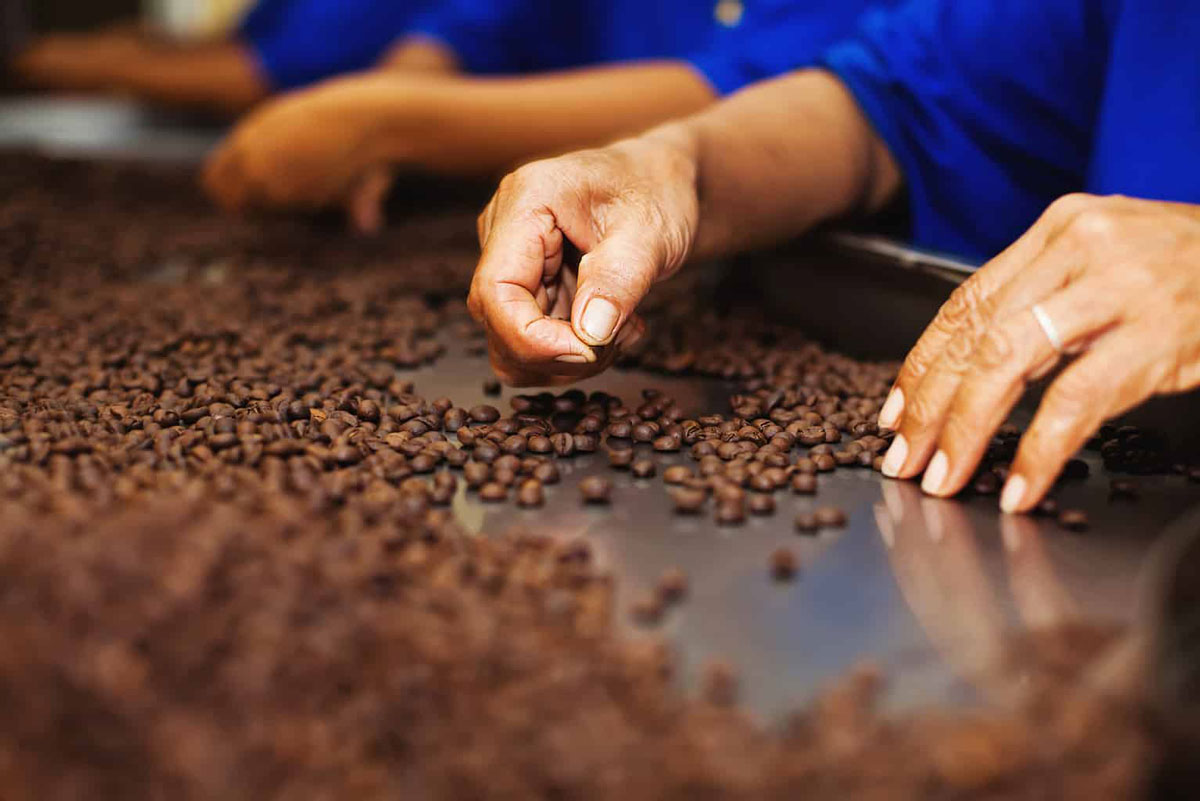
Under the global lockdown orders of the past few months, the demand for quality coffee would have been drastically stifled. The general assumption is that with less demand comes less supply, inflated prices and producers of premium coffee beans subsequently shutting up shop due to a lack of business. Thankfully this is not the case, explains Lewin.
“The short answer is ‘no’; we’ll see good coffee around for the foreseeable future.
“The reason is, coffee roasting companies buy green (raw) coffee beans well in advance – up to six to nine months.
“This pre-purchase structure indicates that the same good coffee will be around as intended, and potentially for even longer due to the reduction in coffee sales – in cafes primarily, which is the bulk of consumption.
“Beyond that, a big issue we may see with maintaining ‘good coffee’ is the perishability of it in the marketplace.”
Lewin says that raw green coffee is essentially a fruit with a seed, so it ages like a peach or grape but much slower. Over an extended duration of 12-plus months, the freshness of green coffee beans will fade and dry out, resulting in a lack of desirable flavours such as woodiness, hessian sack and overall vitality in the final cup.
“Coming back to the next few months, we’re all set to continue drinking good coffee available everywhere, as roasters will have a lot of good coffee to sell due to the slowed market,” he adds.
“Consumer appetite has not slowed, rather it’s a case of businesses implementing new and creative ways in the current climate to attract consumers to their good coffee over competitors.”
Luxury and premium coffee bean availability
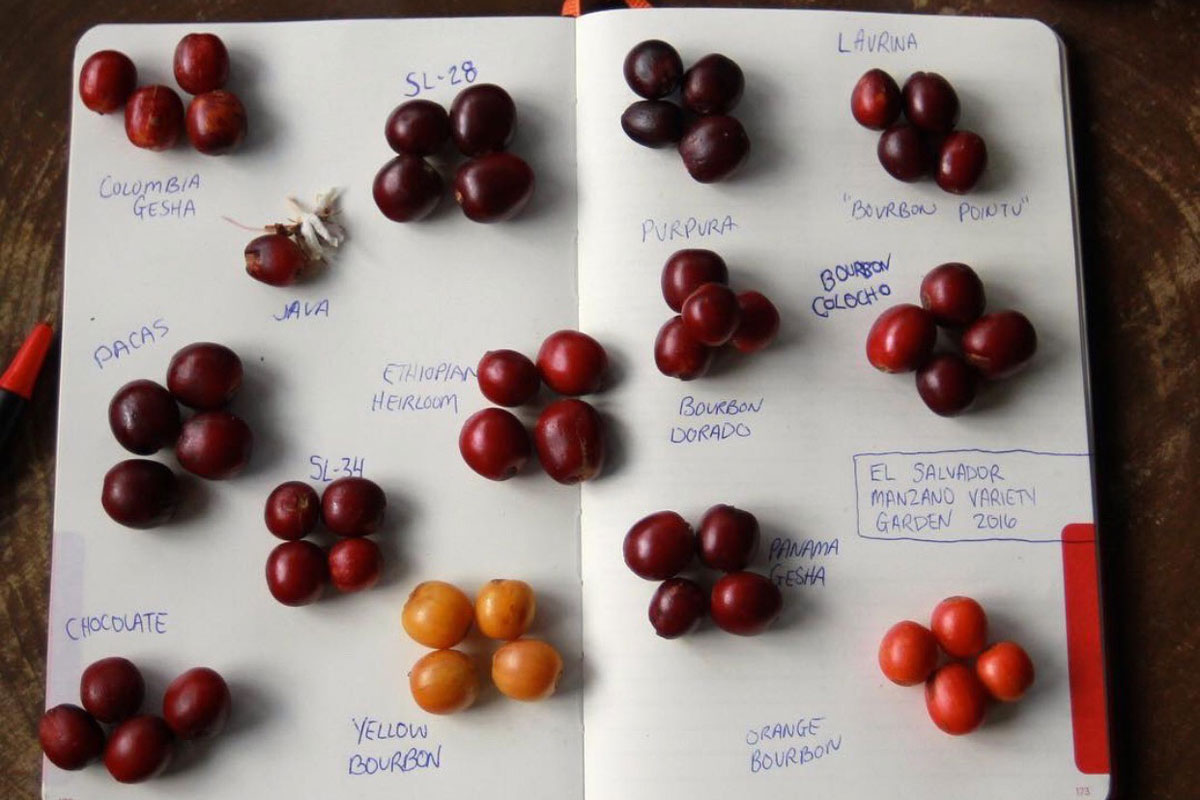
For the discerning coffee drinker at the pointier end of the market, there are Geisha coffee beans from Panama, which are rare and require specific cultivation conditions to grow and harvest. The final product can cost anywhere from US$18 a cup in New York to US$68 a cup in Dubai whilst a pound will set you back more than US$600.
How does the pandemic affect the availability of this type of high-end coffee?
“Premium coffee will be available, but the question is, will consumer demand remain the same?” says Lewin.
“With economic changes seeing tightening of our belts reverting customer focus to the bare essentials rather than luxuries, we may well see the demand and ability to pay for high end coffee reduce in accordance.
“What is plausible is a price reduction across the entire chain, seeing market price corrections for super high-end coffee all the way from the farm to the cup.
“Coffee is already well under-priced for what it is, and this situation only makes things harder for specialty coffee to get the price respect it deserves. We’ll keep fighting the good fight.”
Factors that will affect your coffee habit

From lower coffee prices to an abundant supply of decent coffee, it would appear that the pandemic has brought nothing but good news to the end consumer, but there are hidden dangers in exploiting this model over the long term.
Lewin explains that almost every single person in the coffee industry is affected at the moment and what we’re seeing is simply a “reverse domino effect”.
“Bans on sit-down service in cafes saw significant reduction in trade. This sadly means many jobs lost.
“Naturally, these trade reductions stemmed all the way down the chain impacting every business with roasters being next. The hard part for roasters is so much green coffee is on hand yet they’re unable to be roasted due to less demand.
“Staff again get let go, or hours get reduced and even more issues occur. Within all this, prices across retail and wholesale coffee have to be reduced to ease the pain of reduced sales for both, so together they can still both make something to survive.
This major deterioration in pricing eventually makes its way to the supplier who will likely see a pause request on services, rents, loans and renegotiations with coffee farmers on upcoming stocks requirements from new harvests.
“This could mean less coffee purchased from the farm at potentially lower prices as there’s simply not as much money anymore within the market. It’s a flow on effect with the pie being much smaller for all.”
In other words, your favourite coffee might still be in abundance, but accessing them might no longer be as simple as walking down to your local cafe if suppliers and cafes decide to shut up shop due to poor financial returns and high financial stress.
How to make the perfect home coffee
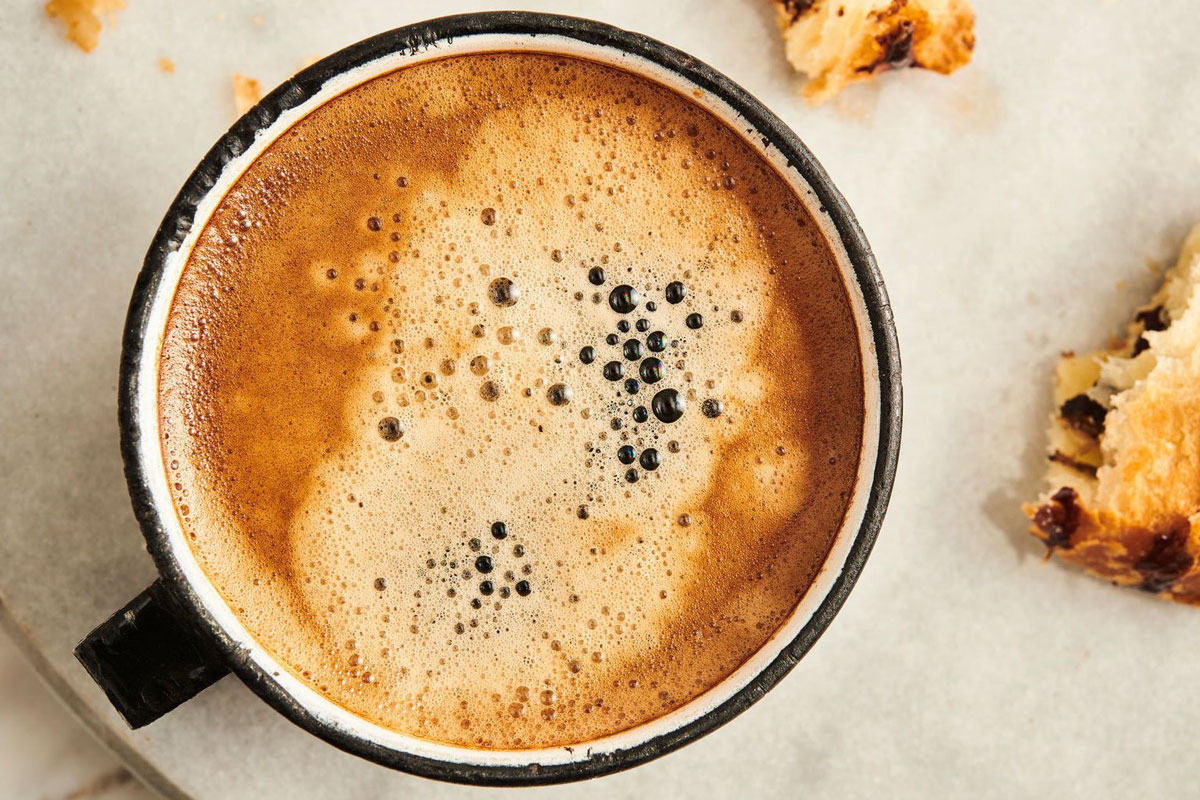
If there’s one thing a barista champion knows how to do, it’s to make the best coffee possible from what’s available in the home pantry or from the supermarket.
Lewin believes that great coffee at home should be easy, so the secret here is keeping it simple by focusing on details that make a huge difference. Here’s how to turn instant coffee into a near-cafe quality replica for the days you need it most.
- Boil two cups of water and let it sit for one minute (use one cup to preheat your coffee mug, discard water after 30 seconds).
- Take one big tablespoon (about 15 grams) of dissolvable instant coffee.
- Using a household blender, add the coffee, 1 cup hot water, a quarter-to-half a sugar, and a dash of milk.
- Blend for 20 seconds.
- Decant carefully (as it’s hot and under pressure) into your warmed mug.
The result is a creamy, rich, sweet and enhanced version of an instant coffee.
Your help to revive an industry
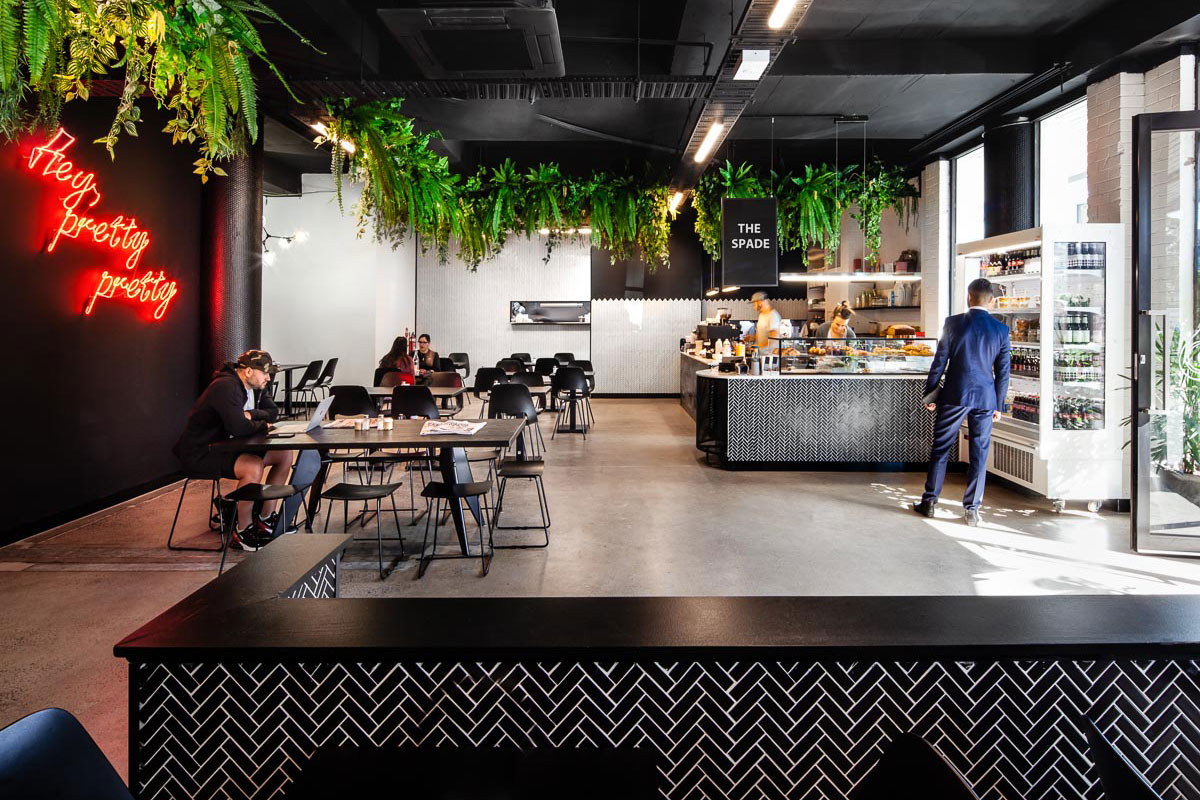
Reviving a global coffee industry that already operates on low margins will obviously take time, but the most important component is you, the consumer.
“Coffee lovers can help the entire coffee industry get back on track by simply continuing to buy more coffee. It’s that simple yet that significant,” says Lewin.
“Reports around retail and wholesale show steep reductions in sales. The best scenario for business I’ve seen is around a 50% reduction all the way up to 75%.”
Beyond that is the worst-case scenario where a coffee business is forced to close and is left with nothing. Those who are reluctant to head out for takeaway coffee can still play their part by purchasing coffee equipment and beans online for brewing at home. There are countless videos online on how to create the best cup of coffee just the way you like it and a bonus is that consumers can also save money.
“You’ll learn something cool, it’s fun, and this way everyone wins and that’s what we all need right now – a few small wins.”

